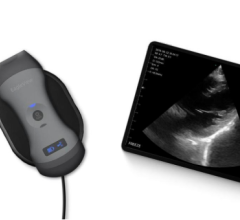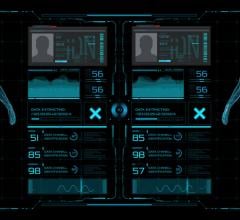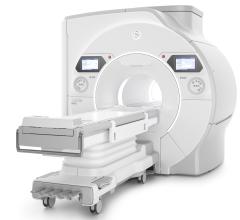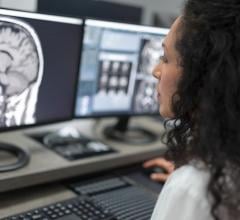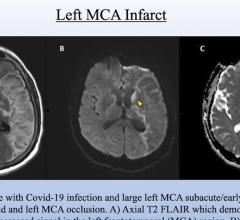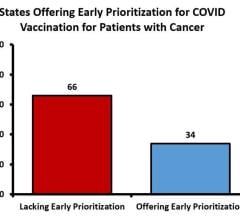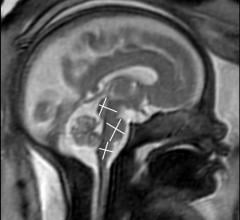January 17, 2022 — The Society of Nuclear Medicine and Molecular Imaging (SNMMI) issued a statement on Jan. 14 regarding ...
Coronavirus (COVID-19)
This page contains medical information for clinicians on the 2019 Novel Coronavirus (COVID-19, also called 2019-nCoV and now clinically SARS‐CoV‐2). This section includes articles on medical imaging of the virus for radiologists, new technologies being deployed to fight the virus and clinical information from various sources. Here are direct links for medical professionals to COVID-19 resources from the U.S. Food and Drug Administration (FDA), Centers for Disease Control (CDC) and the World Health Organization (WHO). Daily world-wide statistics on the coronavirus outbreak are available from the WHO Situations Reports. Centers for Medicare and Medicaid Services (CMS) frequently asked questions and answers (FAQs) for healthcare providers regarding Medicare payment for laboratory tests and other services related to the COVID-19
January 14, 2022 — The COVID-19 pandemic took the world by storm in early 2020 and has become since then the leading ...
January 11, 2022 — Less-experienced radiologists are more likely to recommend additional imaging for women undergoing ...
Members of the enterprise imaging technology community are facing significant changes in the market, due to the COVID-19 ...
January 6, 2022 — Staffordshire University health experts claim there is an urgent need for global telehealth guidelines ...
January 5, 2022 — The Radiological Society of North America’s 107th Scientific Assembly and Annual Meeting (RSNA 2021) ...
January 4, 2022 — The future of ultrasound is happening — fast — and it doesn’t cost that much more than an iPhone. At ...
The COVID-19 pandemic accelerated a change that was already occurring in imaging-heavy practices across the country — ...
December 28, 2021 — Healthcare startups are constantly seeking to embrace emerging technologies to improve efficiency ...
December 27, 2021 — The "Global Radiology as a Service Market Size, Share & Trends Analysis Report by End User ...
This annual overview shows the top read content from ITNonline.com viewers throughout the year 2021. ITN had more than 2 ...
The coronavirus pandemic has changed the way radiologists read images and today facilities struggle to define a “new ...
December 23, 2021 — An interdisciplinary research team from the University of Göttingen and Hannover Medical School (MHH ...
Here is a list of the Top 10 most read pieces of content on ITNonline.com from the month of December 2021. This is based ...
Jean Jeudy, M.D., professor of radiology and vice chair of informatics at the University of Maryland School of Medicine ...
December 13, 2021 — GE Healthcare is proud to unveil SIGNA Hero[i], a new 3.0T magnetic resonance imaging (MRI) system ...
Elizabeth Hawk, M.D., Ph.D., director of innovation Engagement at Rad Partners, a regional president for Matrix ...
December 8, 2021 — Here is a list of the Top 10 most read pieces of content on ITNonline.com from the month of November ...
December 7, 2021 — According to an open-access article in ARRS’ American Journal of Roentgenology (AJR), screening ...
Kate Hanneman, M.D., MPH, FRCPC, director of cardiac imaging research JDMI, and the medical imaging site director at ...
Scott Faro, M.D., professor of radiology and neurology and director, division of neuroradiology, head and neck, at ...
December 2, 2021 — Almost two-thirds of U.S. states failed to prioritize cancer patients for COVID-19 vaccinations ...
November 30, 2021 — COVID-19 of mild to moderate severity in pregnant women appears to have no effect on the brain of ...


 January 17, 2022
January 17, 2022 





